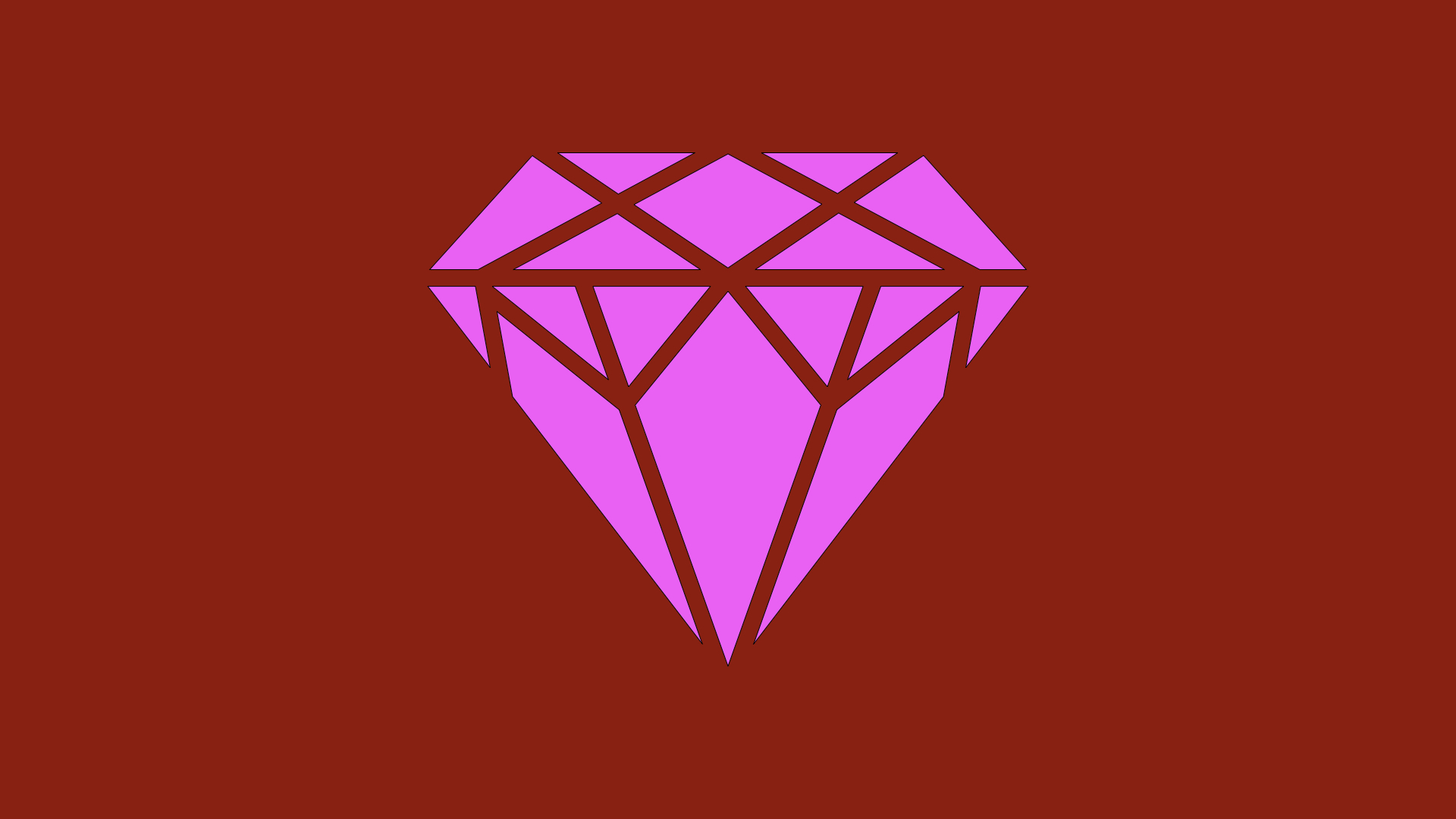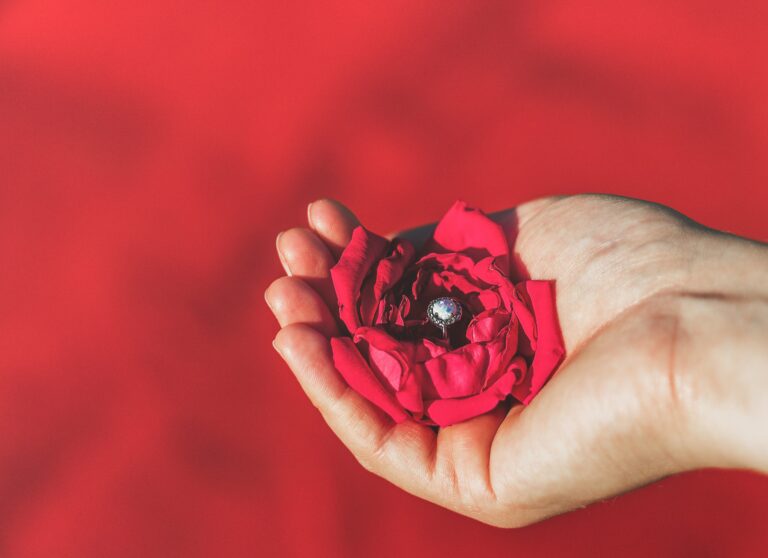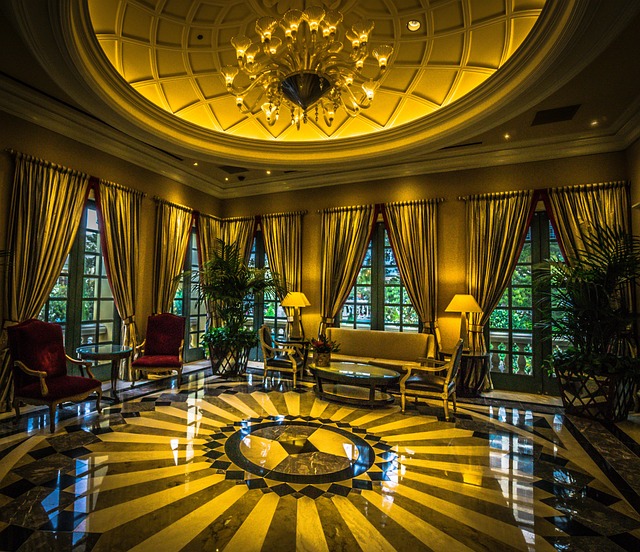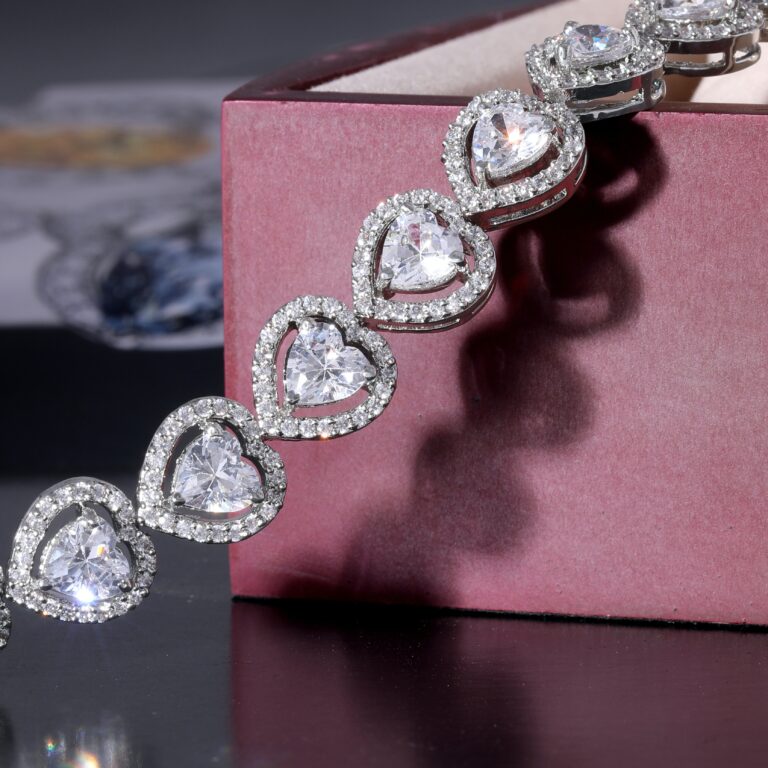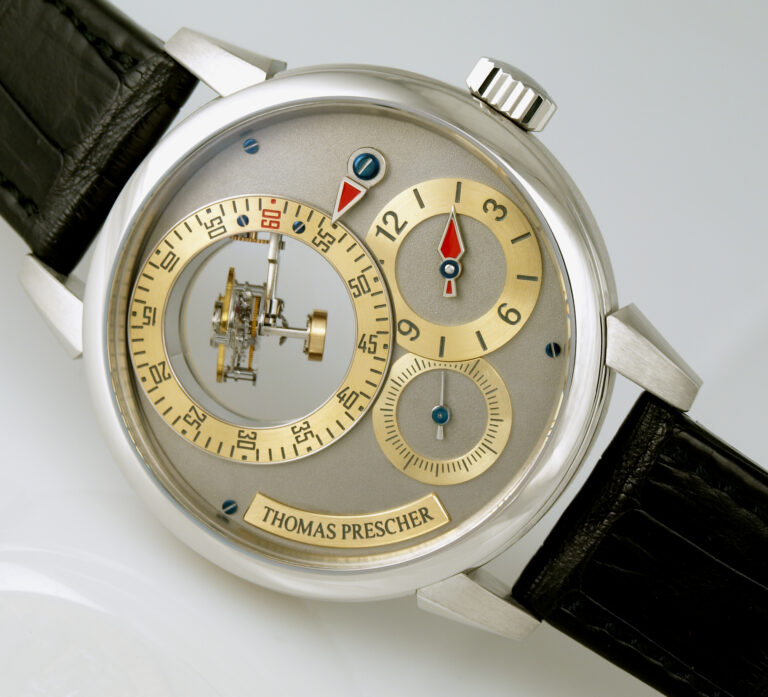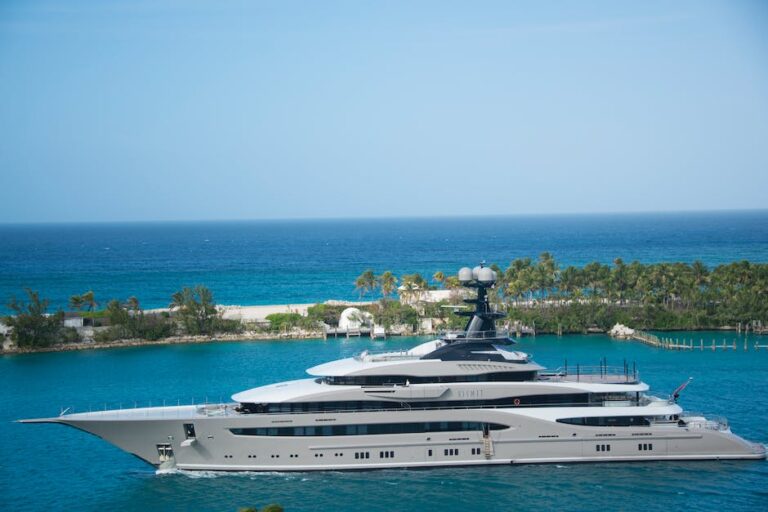Which Color Diamond Is the Most Expensive
Demystifying Diamond Prices: The Quest for the Most Expensive Color
Welcome, fellow treasure seekers, to the glittering world of diamonds! As we traverse the intricate market of these bewitching gemstones, one question continues to captivate our curious minds: Which color diamond reigns as the epitome of expensive elegance? Today, we embark on an enlightening journey to unravel the mysteries behind the price tags of these captivating jewels, leaving no room for fluff or fancy words. Brace yourself, for we shall navigate this path with an unbiased gaze and a creative spirit, as we delve into the realm of colors that hold the key to diamond opulence.
Table of Contents
- Understanding the Rarity and Value of Colored Diamonds
- Factors that Determine the Price of a Colored Diamond
- Exploring the Spectrum: Which Colors Command Higher Prices?
- The Influence of Clarity and Cut on the Cost of Colored Diamonds
- Rare Hue or Large Carat: Weighing Trade-Offs for a Pricey Investment
- Expert Tips: Making an Informed Decision When Buying Colored Diamonds
- FAQs
- Concluding Remarks
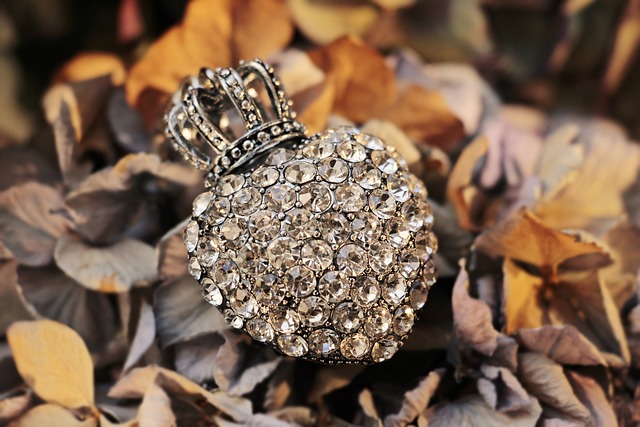
Understanding the Rarity and Value of Colored Diamonds
Colored diamonds hold a unique allure and fascination that sets them apart from their colorless counterparts. These rare gems come in a dazzling array of vibrant hues, making them highly sought-after by collectors and enthusiasts alike. But what makes colored diamonds so special and valuable? Let’s delve deeper into the captivating world of these exquisite gemstones.
1. Rarity is key: The scarcity of colored diamonds is a significant factor contributing to their value. Unlike white diamonds, which can be found in abundance, colored diamonds are exceptionally rare. Their unique colorations are a result of various natural phenomena, such as the presence of trace elements or structural irregularities during their formation. This rarity makes each colored diamond a truly one-of-a-kind treasure, commanding higher prices in the market.
2. The spectrum of beauty: The awe-inspiring spectrum of colors exhibited by colored diamonds allows for endless possibilities when it comes to choosing a desired hue. From intense blues and vivid pinks to vibrant yellows and mysterious greens, the vividness and saturation of the color greatly impact a colored diamond’s value. The most sought-after colored diamonds possess a pure and vibrant hue, without any undertones or secondary colors. These exceptional gems are exceptionally rare and can reach astronomical prices at auctions or in the hands of discerning collectors. With each colored diamond boasting its own unique personality, they offer a mesmerizing kaleidoscope of beauty for those who appreciate their captivating allure.
Unravel the secrets of colored diamonds and embrace their extraordinary rarity and value. These precious gemstones defy convention, making them a truly captivating addition to any jewelry collection.
Factors that Determine the Price of a Colored Diamond
When it comes to pricing colored diamonds, several crucial factors come into play, significantly influencing their overall value and cost. These factors go beyond the mere aesthetic appeal of these stunning gemstones. Understanding what determines the price of a colored diamond can be key to making an informed decision before purchasing or investing in one. Let’s explore the primary factors that contribute to the price tag attached to these exceptional gems.
1. Rarity: Rarity plays a pivotal role in determining the price of a colored diamond. The scarcity of particular colors, such as the fancy Vivid Pink or Intense Blue, greatly affects their value. Uncommon hues that are difficult to find are generally more expensive due to their exclusivity.
2. Color intensity: The intensity of a diamond’s color is another significant factor that affects its price. Gems with vivid, deep, and vibrant colors are valued higher than those with lighter or pale shades. A saturated and intense color greatly enhances the diamond’s allure and subsequently elevates its worth in the market.
3. Clarity: Just like colorless diamonds, clarity also plays a part in determining the price of a colored diamond. Flawless or internally flawless stones with minimal or no visible inclusions are exceptionally rare and hence, more expensive.
4. Carat weight: Similar to any diamond, the carat weight of a colored diamond is a significant price determinant. However, in the colored diamond world, larger carat weights may not always result in a higher price if the color intensity and quality are lacking.
5. Origin and certification: The diamond’s origin and accompanying certifications can also impact the price. Colored diamonds with a known, prestigious origin, such as the Argyle mine in Australia, often carry a higher price tag. Similarly, diamonds accompanied by reputable grading certifications offer buyers reassurance about the stone’s attributes and authenticity, thereby influencing their value.
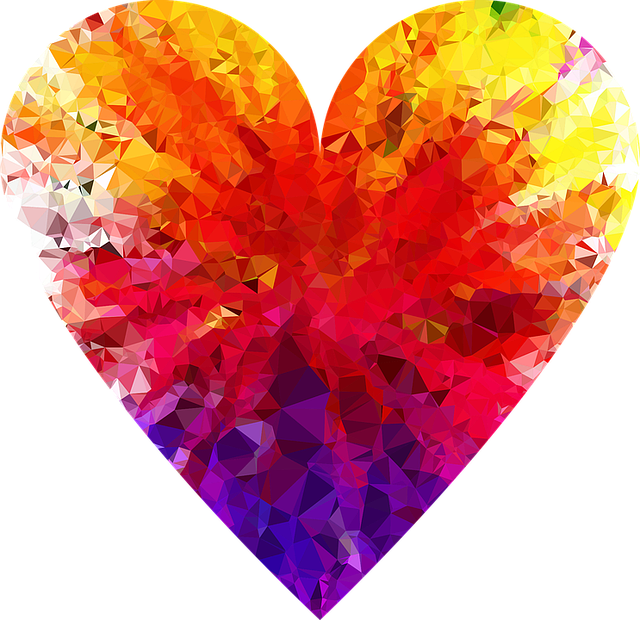
Exploring the Spectrum: Which Colors Command Higher Prices?
When it comes to the fascinating world of colors, it’s worth delving deeper to uncover their pricing power. Certain hues have the ability to command higher prices, and it’s intriguing to explore why that is. From lush reds to vibrant blues and everything in between, here are some noteworthy colors that hold a significant influence over their price tags.
1. Lush Reds: These deep, captivating hues often come at a premium price due to their association with luxury and sophistication. Think of timeless red velvet drapes or a sleek sports car in fiery crimson. Their allure has long been associated with opulence, making them highly sought after in various industries, from fashion to interior design.
2. Majestic Blues: The vast spectrum of blues has its fair share of color heroes that captivate the eye and demand a higher price. From rich navy tones to vibrant cerulean shades, blue has a universal appeal that transcends borders and cultural barriers. Often associated with tranquility and calmness, it’s no wonder that blue is often used to command attention in art, fashion, and even technology products. Think of the iconic blue packaging of a certain tech giant – it practically screams quality and exclusivity.
3. Golden Elegance: The color gold exudes a sense of brilliance, wealth, and prestige. From shimmering jewelry to opulent home decor, gold has a timeless allure that fetches top dollar. Its boldness and ability to catch the light make it a popular choice for adding a touch of luxury to various products.
Exploring the spectrum of colors and their pricing dynamics opens up a world of intrigue and fascination. While these examples are just the tip of the iceberg, they represent the enduring power colors hold over consumers and the marketplace.
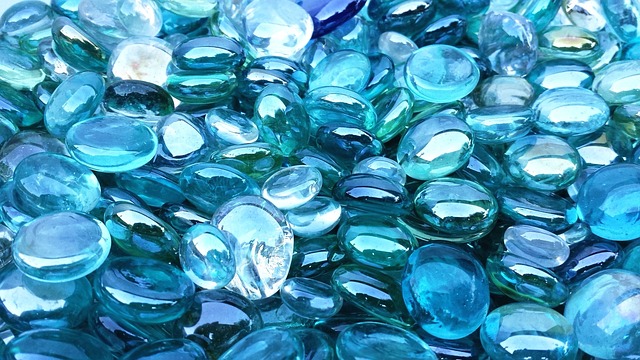
The Influence of Clarity and Cut on the Cost of Colored Diamonds
When it comes to colored diamonds, two crucial factors play a significant role in determining their price: clarity and cut. Let’s delve deeper into how these aspects influence the cost of colored diamonds.
Clarity: The level of clarity refers to the presence of any internal or external flaws, known as inclusions and blemishes, respectively. These imperfections can affect the diamond’s brilliance and overall appearance. Naturally, diamonds with higher clarity grades have fewer visible flaws and are therefore more valuable. The Gemological Institute of America (GIA) grades clarity on a scale ranging from Internally Flawless (IF) to Included (Included 2 or Included 3). Diamonds with higher clarity grades are rare, making them more desirable and expensive.
Cut: The cut of a colored diamond refers to its proportions, symmetry, and overall craftsmanship. An expertly cut diamond has the ability to reflect and refract light, enhancing its sparkle and brilliance. A well-cut colored diamond maximizes its color intensity, while a poorly cut one may appear dull and lackluster. The GIA grades diamond cuts from Excellent to Poor. Therefore, a colored diamond with an excellent cut demands a higher price tag due to its superior beauty and ability to showcase its color to its fullest potential.
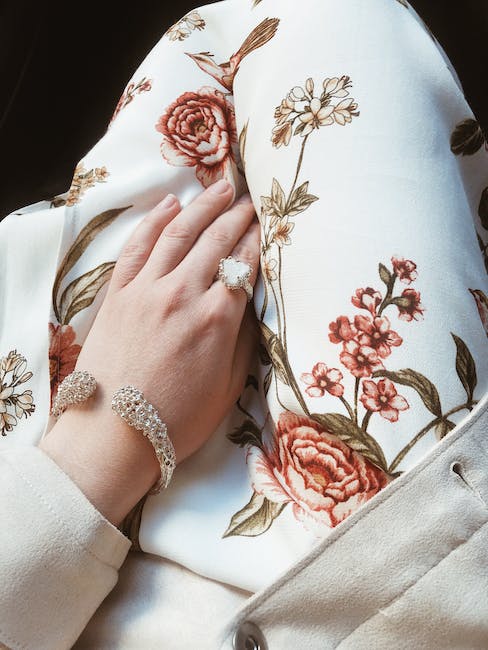
Rare Hue or Large Carat: Weighing Trade-Offs for a Pricey Investment
When it comes to investing in gemstones, there are often critical decisions that need to be made. Do you prioritize a distinct and rare hue, or do you lean towards a substantial carat weight? Both factors bear significance and come with their own set of trade-offs. Let’s delve into the considerations of these two aspects:
- Rare Hue: Opting for an exquisite gem with a rare hue surely adds a touch of exclusivity to your investment. The scarcity of such colored gemstones makes them even more desirable for collectors and connoisseurs. The mesmerizing play of colors ranging from vibrant blues to fiery reds truly sets these gems apart. With a rare hue, you can be confident that your investment stands out from the crowd.
- Large Carat: On the other hand, a gemstone’s carat weight holds immense significance for many investors. A larger carat weight implies a bigger size and a more substantial presence. This can increase the overall value of the gemstone, especially since larger stones tend to capture people’s attention effortlessly. Investing in a gem with a generous carat weight can be a wise choice if you’re seeking a statement piece that commands attention.
Ultimately, the decision comes down to your personal preferences and what you hope to achieve with your investment. Whether you prioritize a rare hue or a large carat weight, both aspects have their advantages and trade-offs to consider. Carefully weighing these factors will ensure that your investment aligns with your goals and offers you long-term satisfaction.
Expert Tips: Making an Informed Decision When Buying Colored Diamonds
Colored diamonds are a remarkable choice when it comes to investing in precious gems. However, making an informed decision can be a daunting task, given the variety of options available in the market. To help you navigate this process, we have rounded up expert tips that will empower you to choose the perfect colored diamond with confidence.
First and foremost, it is crucial to educate yourself about the 4Cs of colored diamonds: color, cut, clarity, and carat weight. Each of these factors plays a significant role in determining the quality and value of the stone. When evaluating the color, remember that intensity and hue greatly impact a colored diamond’s uniqueness and beauty. Next, examine the cut which contributes to the stone’s sparkle and overall appearance. Pay attention to the clarity of the diamond, as inclusions or blemishes may affect its brilliance. Last but not least, consider the carat weight to understand the size and rarity of the diamond. Familiarizing yourself with these essential characteristics will serve as a foundation for making an informed decision.
Moreover, it is advisable to opt for a reputable and trustworthy seller when purchasing colored diamonds. Research different jewelers or online platforms that specialize in colored diamonds and read reviews from previous customers. By doing so, you can ensure that you are buying from a reliable source and obtain a legitimate and authentic colored diamond. Additionally, seek professional certification for the colored diamond you are interested in. Certificates from internationally recognized gemological laboratories, such as GIA or AGS, provide objective measurements and assurance of authenticity. This documentation will give you peace of mind and serve as a valuable asset in the future. Overall, armed with knowledge about the 4Cs and conducting due diligence on the seller and certifications, you can confidently make an informed decision when buying colored diamonds.
FAQs
Q: Which color diamond is the most expensive?
A: The most expensive color diamond is the red diamond.
Q: What makes the red diamond so valuable?
A: Red diamonds are incredibly rare, which contributes to their high price. Only a handful of natural red diamonds exist, making them highly sought after by collectors and enthusiasts.
Q: Are there other expensive colored diamonds?
A: Yes, apart from red diamonds, there are a few other colors that fetch high prices. Pink, blue, and green diamonds are also considered extremely valuable due to their scarcity and unique beauty.
Q: How are colored diamonds graded?
A: Colored diamonds are graded based on their hue, tone, and saturation. The Gemological Institute of America (GIA) provides a color grading scale from faint to fancy vivid, which helps determine the diamond’s value.
Q: Can colored diamonds be enhanced or artificially created?
A: Yes, colored diamonds can be enhanced through various treatments like irradiation or high-pressure, high-temperature processes. However, these artificially created colors typically hold less value compared to naturally occurring colored diamonds.
Q: Are colored diamonds more expensive than white diamonds?
A: Generally, colored diamonds tend to be more expensive than white diamonds. However, it ultimately depends on the rarity and desirability of the specific color.
Q: How can I determine if a colored diamond is natural or enhanced?
A: It is essential to purchase diamonds from reputable sources and always ask for a diamond grading report. This report, provided by a trusted gemological laboratory, will disclose whether the diamond is natural or has undergone any treatments.
Q: Are colored diamonds a good investment?
A: While colored diamonds can be a valuable investment, it is crucial to thoroughly research and consult with experts before making any investment decisions. Factors like rarity, quality, and market demand should be considered.
Q: Can I purchase colored diamonds online?
A: Yes, many reputable online jewelers offer colored diamonds for purchase. However, it is crucial to ensure the jeweler has a GIA or similar certification for their diamonds and offers a reliable return policy.
Q: Do colored diamonds require special care?
A: Colored diamonds do not require any specific care compared to white diamonds. However, it is recommended to handle them with care, avoid harsh chemicals, and have them regularly inspected and cleaned by a professional jeweler.
In Retrospect
In conclusion, when it comes to diamonds, the most expensive color is undeniably the red diamond. While all colored diamonds have their own unique beauty and value, it is the mesmerizing and rare red diamond that holds the crown in terms of price. The scarcity of red diamonds, combined with their breathtaking intensity and sheer exclusivity, make them highly sought after by collectors and connoisseurs alike. So, if you’re looking to invest in a truly precious gem, the red diamond is the pinnacle of luxury. Remember, when it comes to color, red is not just a color, it is extravagance in its purest form.

